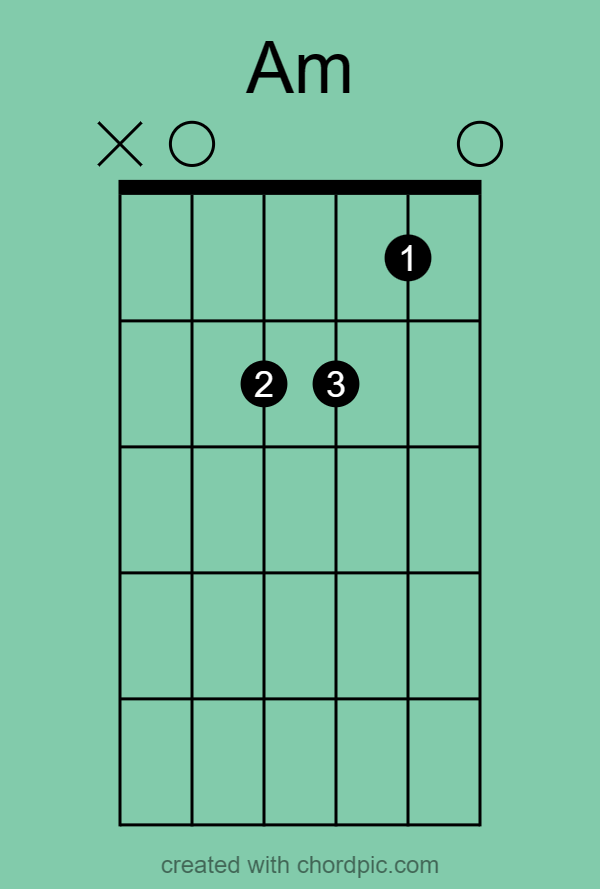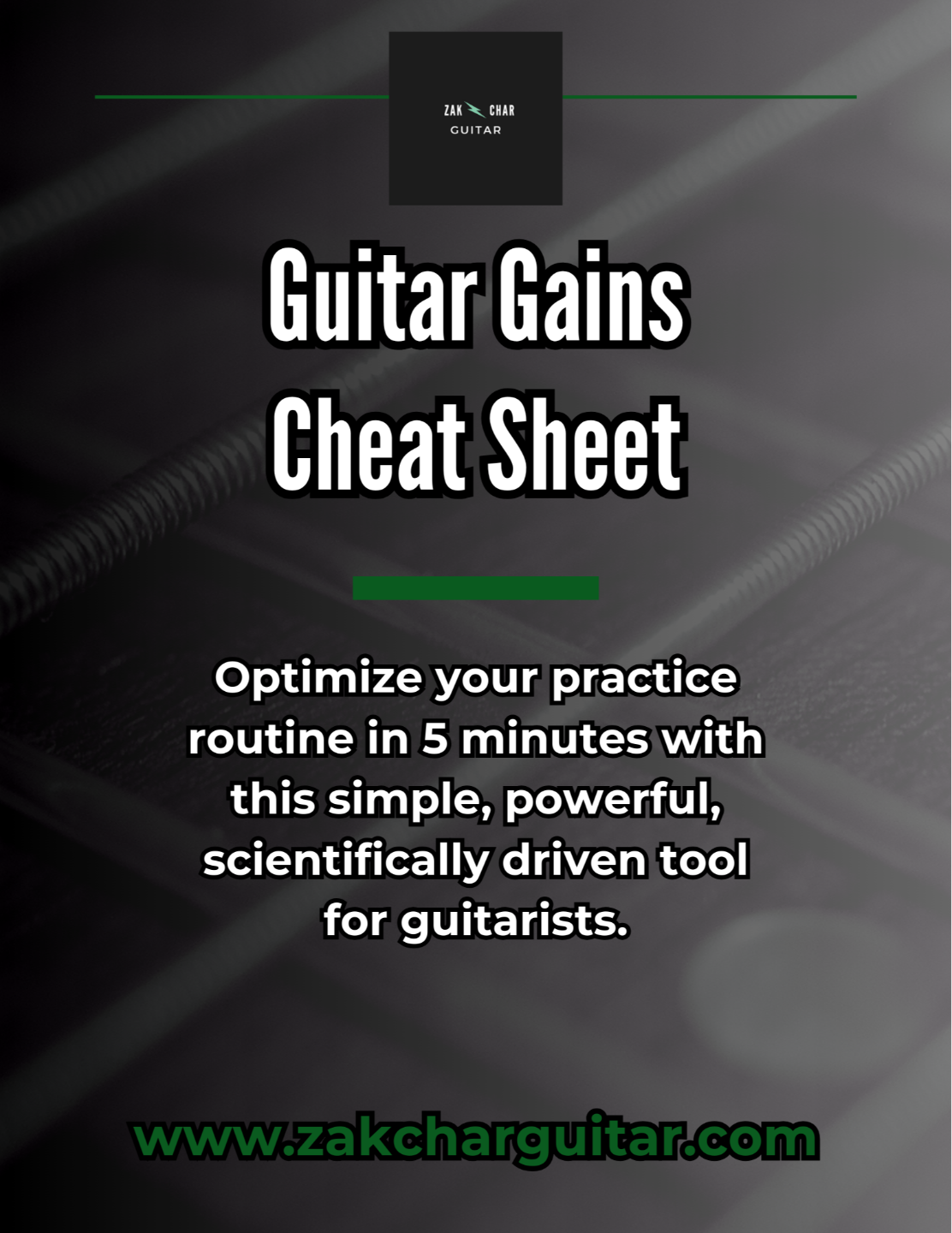Different Ways Guitarists Read Music... and Their Difficulty Levels!
Jun 24, 2023Different Ways Guitarists Read Music... and Their Difficulty Levels! - YouTube
Reading music is one of the most important skills you can have as a guitarist because it will broaden and deepen your understanding of the language of music. Today, I’m going to talk about three of the most common formats available for guitarists to learn songs and master their instrument. We are going to cover tabs, chord diagrams, and sheet music and note the similarities and differences between them.
Tabs (or Tablature)
We are starting with tabs because, in my opinion, they are the easiest to learn and understand. Tabs are also one of the most common and widely available means of learning songs. If you're going to look up how to play your favorite song, it is extremely likely that you will find that song transcribed in tablature. The six lines of the tabs correspond with the six strings of your guitar. When looking at tabs, it is as if you have flipped your guitar from your lap and held it in front of you, so you are facing the strings. The lower range strings are on the bottom of the tab and the higher range strings are on the top of the tab. On the tab lines, we find numbers. Each number represents a given fret. For example, we can see the 5th fret of the A string represented by a number 5 on the second line from the bottom of the tab.

Chord Diagrams
Next we have chord diagrams, which I think are about as easy to learn and understand as tabs. Chord diagrams are used as learning tools for guitarists to learn finger positions for certain chords.
Like tabs, chord diagrams have lines that represent guitar strings. The perspective as it relates to the guitar, however, is different. With chord diagrams, it’s as if you took your guitar and held it in front of you with the neck vertical and the headstock at the top. The lower range strings would be to your left and the higher range strings would be to your right (assuming you don't play a lefty guitar). Chord diagrams also have a variety of different symbols which represent what is played or not played. The symbols are described as the following:
- X: strings that are not played or strummed
- O: open strings
- Dots: chord shapes and finger placement
- Numbers: specific finger placement; 1=index finger, 2=middle finger, 3=ring finger, and 4=pinky

Sheet Music
Last, we have sheet music, which is by far the most challenging format on the list due to the steep learning curve and time it takes to learn. Sheet music requires a basic understanding of note names and rhythm values, as well as a novel, abstract, and variable interpretation of the symbols you're reading on paper and translating that to playing guitar.
The lines you see in sheet music make up something called a staff. Unlike tabs and chord diagrams, these lines do not indicate strings on a guitar since sheet music is used by a vast variety of stringed and non-stringed instruments. Tabs and chord diagrams, on the other hand, are more specific to guitar. The lines and spaces on sheet music represent different musical pitches when notes are placed on them or near them.
From the bottom of the staff to the top, the notes on the lines are E-G-B-D-F. The common mnemonic device used to memorize the notes on the staff is "Every Good Boy Does Fine". The notes in the spaces between these lines, from bottom to top, are F-A-C-E. The trick to memorizing these notes is that they spell the word "face". There are many notes that expand outside the range of the staff and those go over or next to additional lines called ledger lines. The tricky part for guitarists is that a single note on the staff can be played at various points across the fretboard. The video demonstrates this concept in action.

No form of reading music for the guitar is better than others. The differences lie in the visual structure, the time required to learn each medium, and the format of the song being presented to you. Depending on what you are trying to read, you may be limited to tabs for some songs (like in modern rock music) or sheet music (like if you are bold enough to learn classical music originally written for violin). While it will take some time to learn this, especially with sheet music, I’d recommend dipping your toe in all three forms of music reading as this will broaden and deepen your understanding of the language of music.
Optimize your practice routine in 5 minutes with my simple, powerful, scientifically driven tool for guitarists.


